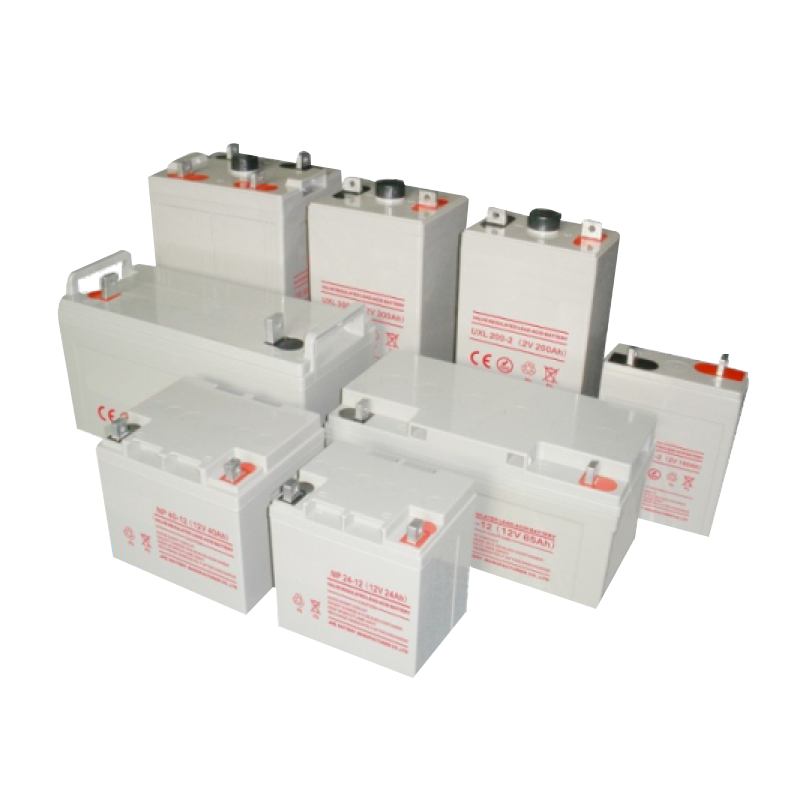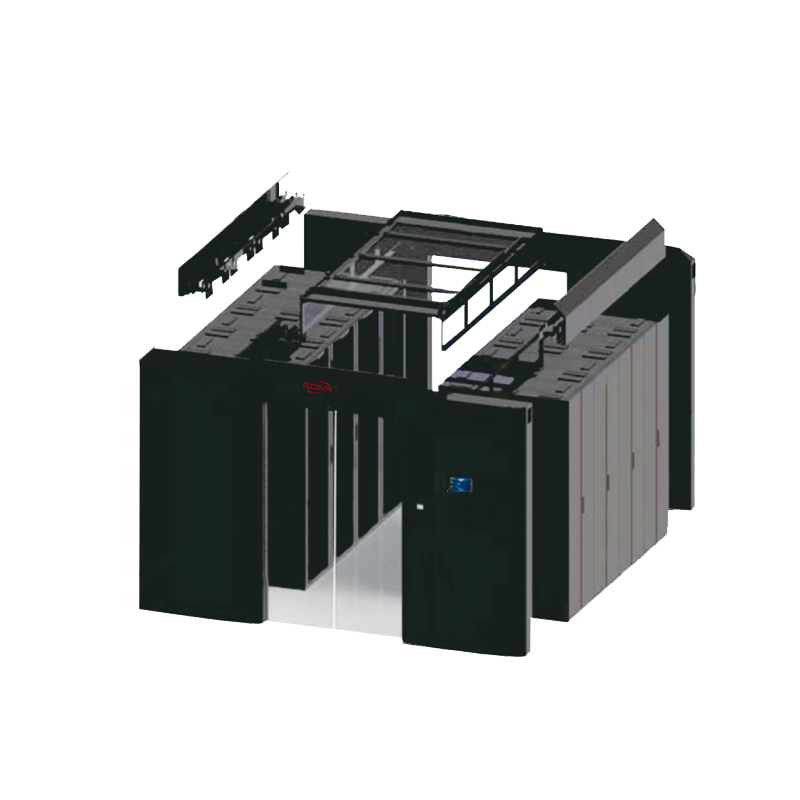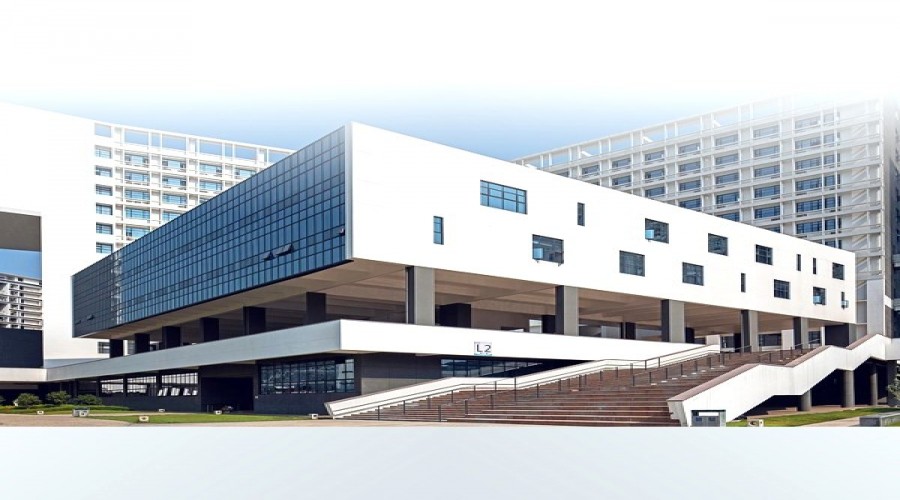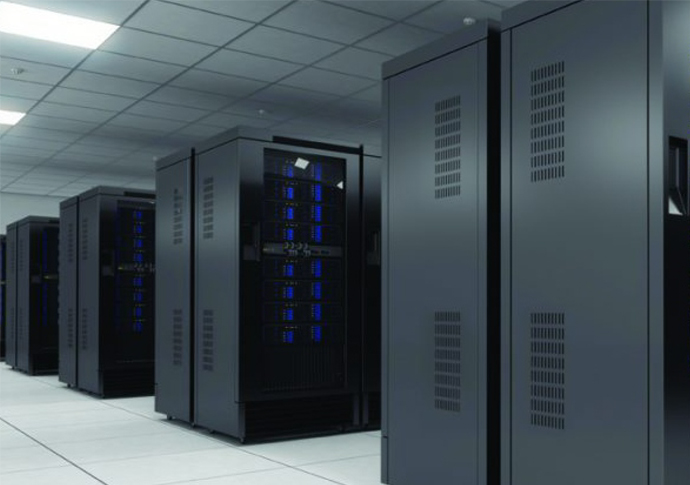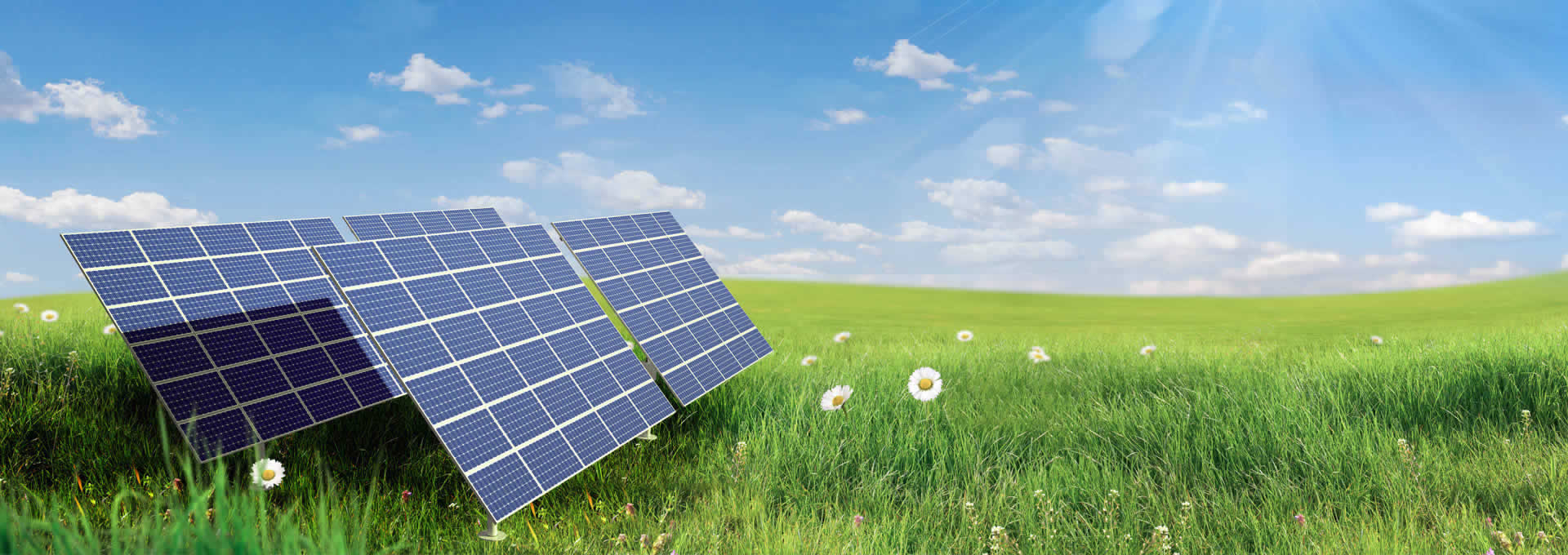 Language
LanguageEnergy storage inverters and grid connected inverters, as indispensable components in the power system, each carry different functions and application scenarios. Although they both belong to the category of inverters, there are significant differences between the two in terms of working principles, application scenarios, and system design.

Firstly, from the perspective of working principle, energy storage inverters mainly undertake the tasks of energy storage and conversion. It can store the electricity generated by renewable energy devices or other DC batteries and convert it into AC power output when needed. Energy storage inverters are usually equipped with advanced control systems that can monitor real-time changes and demands in electrical energy, intelligently adjust the working mode, and achieve optimal energy utilization and power transmission efficiency. In contrast, grid connected inverters focus on converting direct current into alternating current that is synchronized with the grid frequency and phase. It can convert the direct current generated by solar photovoltaic panels or small wind turbines into AC power that is compatible with the grid, thereby achieving grid connected transmission of electrical energy.
Secondly, from the perspective of application scenarios, there are also differences in the application environment between energy storage inverters and grid connected inverters. Energy storage inverters are widely used in scenarios such as household and commercial energy storage systems, microgrid systems, electric vehicle charging stations, and responding to sudden power demands. In household and commercial energy storage systems, energy storage inverters can store the electricity generated by solar panels or wind turbines for use at night or during low energy generation, reducing dependence on the grid and lowering energy costs. In microgrid systems, energy storage inverters can balance energy supply and demand, provide stable power output, and achieve seamless switching to the main grid. In electric vehicle charging stations, energy storage inverters can store grid energy into batteries and convert it into DC power when needed to charge electric vehicles. Grid connected inverters are mainly used in situations where electricity needs to be transmitted back to the grid, such as the grid connected generation of solar photovoltaic panels and wind turbines.
In addition, from the perspective of system design and cost, there are significant differences between energy storage inverters and grid connected inverters. Due to the fact that energy storage inverters not only have the DC to AC conversion function of grid connected inverters, but also require energy storage and emergency power supply, their system design is more complex, requiring consideration of battery selection, matching, and integration of management systems. Meanwhile, the initial investment cost of energy storage inverters is usually higher than that of grid connected inverters. However, with the advancement of technology and the reduction of costs, the application prospects of energy storage inverters are becoming increasingly broad.
Finally, from the perspective of policies and subsidies, the policy support and subsidy intensity for energy storage inverters and grid connected inverters may vary in different regions. Some regions may encourage residents and businesses to install energy storage inverters to improve their energy self-sufficiency and ability to respond to sudden electricity demands; However, in other regions, there may be a greater emphasis on promoting grid connected inverters to promote the balanced development of renewable energy grid connected generation and the electricity market.
In summary, there are significant differences between energy storage inverters and grid connected inverters in terms of working principle, application scenarios, system design, and cost. They each carry different functions and application scenarios, together forming an important component of the power system. With the rapid development of renewable energy and the continuous changes in the electricity market, energy storage inverters and grid connected inverters will continue to play an important role in promoting the green, efficient, and sustainable development of the power system.













































